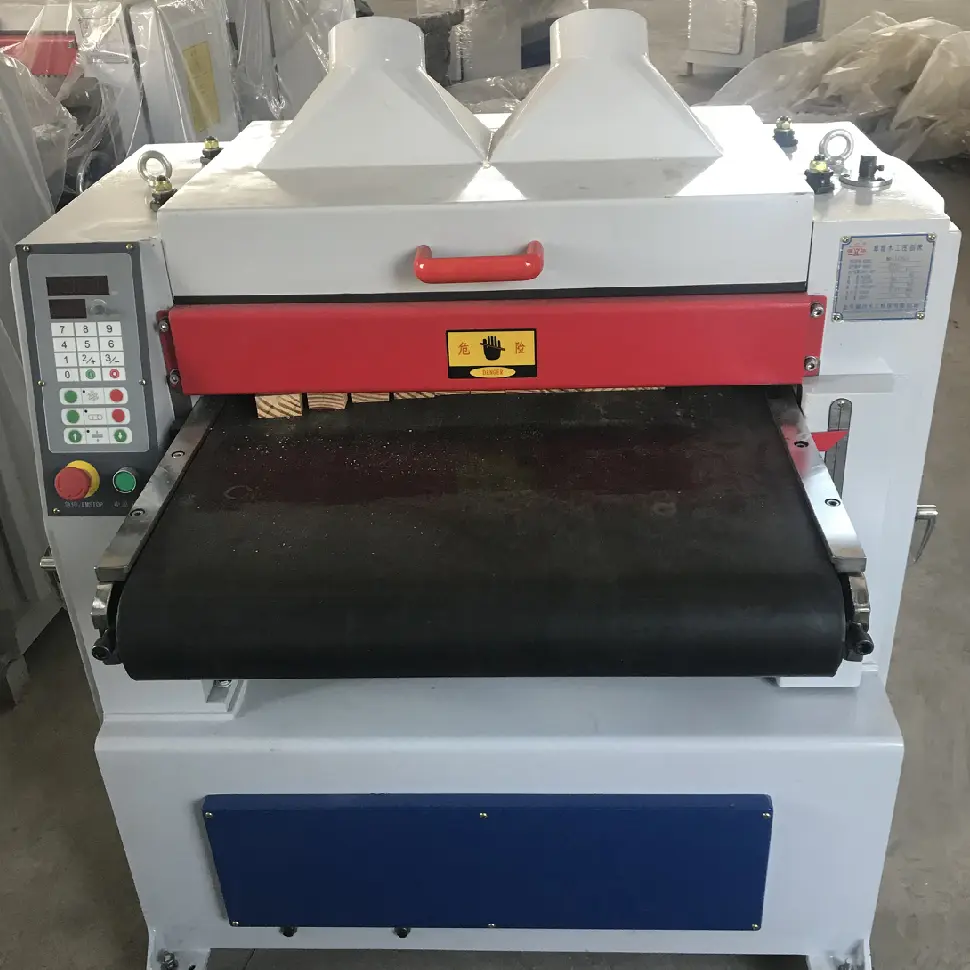Jointers are an essential tool for woodworking enthusiasts and professionals alike. They are used to create smooth, flat surfaces on pieces of wood, making them perfect for joining two pieces of wood together. In this article, we will explore the process of attaching wood to wood using jointers, and provide some tips and techniques for achieving strong and seamless joints.
To begin with, it’s important to understand the basic function of a jointer. A jointer is a woodworking tool that is used to create a flat surface along the edge of a piece of wood. This flat surface is essential for creating strong and seamless joints between two pieces of wood. Jointers work by using a rotating cutter head to remove small amounts of material from the edge of the wood, resulting in a smooth and even surface.
When it comes to attaching wood to wood using jointers, there are a few key steps to keep in mind. The first step is to ensure that the edges of the wood are straight and flat. This can be achieved by running the edges of the wood through the jointer, which will create a smooth and even surface for the joint.
Once the edges of the wood have been prepared, the next step is to determine the type of joint that will be used to attach the pieces of wood together. There are several different types of joints that can be created using a jointer, including butt joints, rabbet joints, and tongue and groove joints. Each type of joint has its own unique characteristics and uses, so it’s important to choose the right joint for the specific woodworking project.
For example, a butt joint is a simple and strong joint that is created by joining two pieces of wood together at their ends. This type of joint is commonly used for joining pieces of wood to create larger panels or tabletops. To create a butt joint using a jointer, the edges of the wood are run through the jointer to create a smooth and flat surface, and then the two pieces of wood are joined together using glue or dowels.
Another common joint created using a jointer is the rabbet joint, which is used to join two pieces of wood together at a right angle. This type of joint is often used in cabinet and furniture making, as it creates a strong and seamless connection between two pieces of wood. To create a rabbet joint using a jointer, the edges of the wood are run through the jointer to create a smooth and flat surface, and then a rabbet is cut into the edge of one piece of wood using the jointer, allowing the other piece of wood to fit snugly into the rabbet.
Finally, tongue and groove joints are another popular option for attaching wood to wood using jointers. This type of joint is created by cutting a groove into one piece of wood and a corresponding tongue into the other piece of wood, allowing the two pieces to fit together seamlessly. Tongue and groove joints are commonly used in flooring and paneling, as they create a strong and stable connection between two pieces of wood.
In addition to choosing the right type of joint, there are a few tips and techniques that can help ensure a strong and seamless connection when attaching wood to wood using jointers. First, it’s important to use a sharp and properly adjusted jointer to create smooth and even surfaces on the edges of the wood. This will help ensure that the joint is tight and secure, and will result in a strong and durable connection between the pieces of wood.
It’s also important to use the right type of glue or fasteners when attaching wood to wood using jointers. For example, when creating a butt joint, it’s important to use a high-quality wood glue that will create a strong and durable bond between the pieces of wood. Similarly, when creating a rabbet joint, it’s important to use the right type of fasteners, such as screws or dowels, to ensure a secure connection between the pieces of wood.
In conclusion, jointers are a versatile and essential tool for attaching wood to wood in woodworking projects. By following the proper steps and techniques, and choosing the right type of joint for the specific project, it’s possible to create strong and seamless connections between pieces of wood using jointers. Whether creating butt joints, rabbet joints, or tongue and groove joints, jointers are an invaluable tool for achieving professional and durable woodworking joints.
Post time: Mar-13-2024

